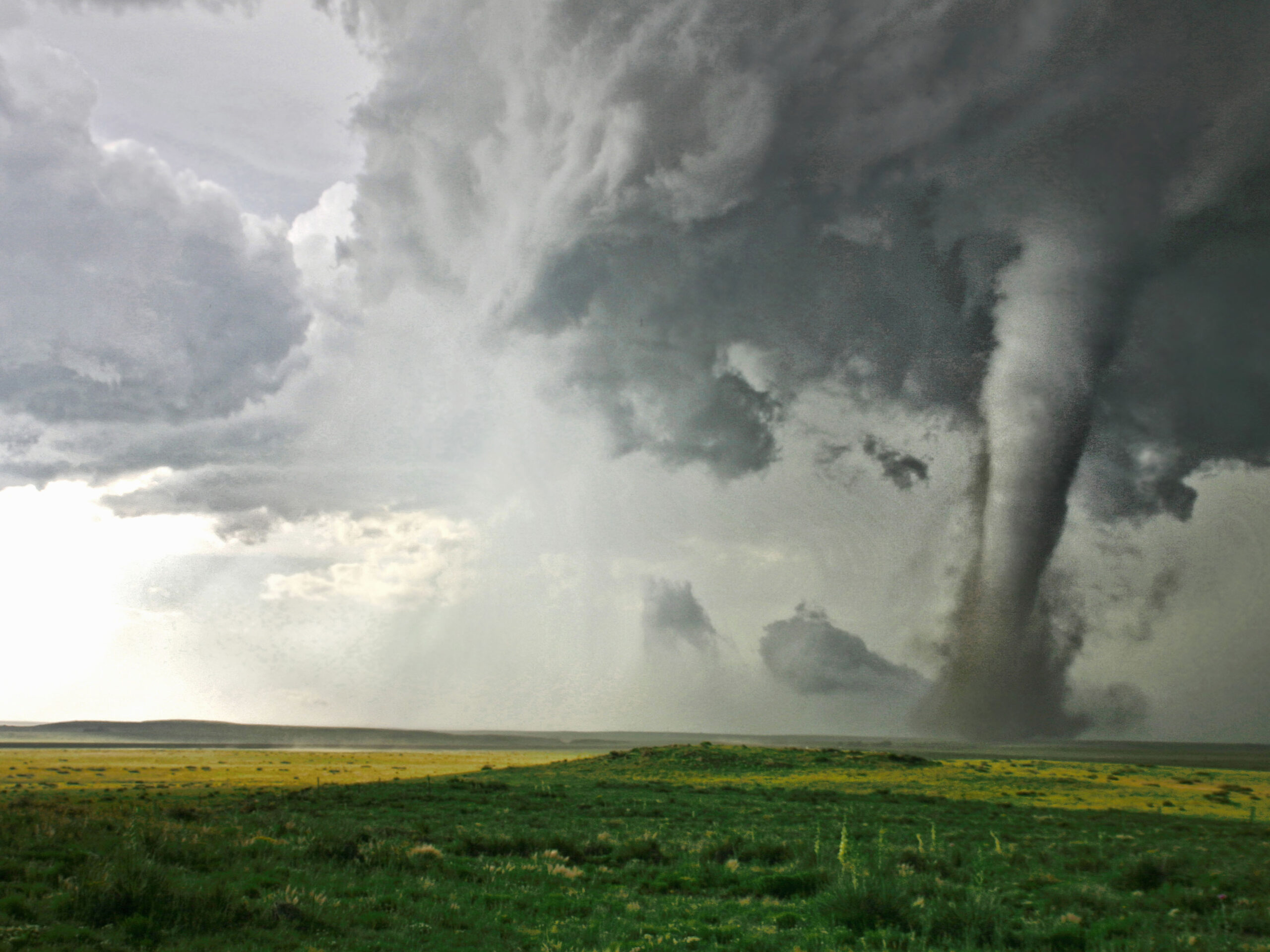Regulatory Trends
Beware: Increased OSHA Enforcement Ahead

Higher penalties, threats to traditional safety incentive programs, and changes to when — or if — post-accident drug testing is allowed are possible changes coming from the Occupational Safety and Health Administration this year, according to two industry experts.
The landscape is increasingly turning into more of a “gotcha” mentality, they suggested, meaning employers need to be especially vigilant about crossing their T’s and dotting their I’s when it comes to issues involving the agency.
During a recent webinar, the two revealed some of the sobering new realities and offered suggestions for employers. Among the issues discussed is what they say is OSHA’s increased publicizing of employers that are fined by the agency for violations.
“The one thing that really sticks in everybody’s craw is the press releases,” said Susan Wiltsie, an attorney with Hunton & Williams. “It used to be they’d just put out press releases for fatalities or huge penalties, or when they are big deals. Now, they do it in more than that. I had an ergonomics settlement where the fines were less than $10,000, and we got a press release.”
The Occupational Safety and Health Administration’s increasing use of press releases is part of what many experts have said is a plan to embarrass and give incentives to employers to maintain safer workplaces.
Instead of issuing press releases for violations amounting to $50,000 as was done in the past, they are now being issued for smaller violations. Employers penalized by OSHA may want to do whatever is necessary to avoid the negative publicity.
“My message to clients is, ‘it’s not yet in the news here; let’s try to do the right thing,’” said Don Enke, director of risk control services at Safety National. “The thing that sticks out to me is, regulation by shaming and press releases, which I just think is a terrible way to enforce.”
Fines Increasing
The agency will likely be issuing many more press releases later this year since fines will soon be increasing.
As of August, employers will likely see higher penalties for Occupational Safety and Health Administration violations. Legislation signed by President Obama allows the agency to increase its fines for the first time in years.
The Occupational Safety and Health Administration’s increasing use of press releases is part of what many experts have said is a plan to embarrass and give incentives to employers to maintain safer workplaces.
According to the speakers, OSHA was one, if not the only, agency that was exempt from increasing its fines for most of the last two decades.
The new legislation allows OSHA to make a one-time catchup assessment reflecting inflation from the period 1990 to 2015, as well as annual increases based on inflation. The cap, according to the speakers, is $150,000.
“You could be looking at fines increasing anywhere between 75 to 80 percent beginning this fall,” Enke said. “So when you do the math, a ‘willful’ or a ‘repeat’ violation that typically carries a maximum penalty of $70,000 could be $120,000. A ‘serious’ or other than serious violation that typically carries a maximum $7,000 penalty may be closer to $12,500 to $13,000.”
Wiltsie and Enke discussed a variety of OSHA-related topics during a recent Out Front Ideas with Kimberly George and Mark Walls webinar, sponsored by Sedgwick and Safety National.
Safety Incentive Programs
Many employers are confused about what is now acceptable to OSHA in terms of safety incentive programs. As the speakers explained, there is no hard and fast rule saying an employer may or may not have such a program, which have been used for many years.
“Really, the debate is whether or not OSHA feels like it’s aligned with their view of what an effective safety incentive program is,” Enke said. “I think what OSHA is looking for is, ‘does your program have characteristics that would compromise safety, discourage reporting a claim, or even delay reporting a claim?’ They definitely don’t want anything delaying reporting. And they don’t want anybody retaliated against if they report a claim.”
Traditional safety incentive programs often reward employees for having a certain number of days without any injuries. However, that could discourage employees or their supervisors from reporting an injury, a concern for OSHA.
“What I’m seeing in the workplace with various clients is more of a progressive program of leading indicators vs. lagging indicators,” Enke said. “It’s recognizing employees for various proactive safety behaviors. That is where I’m seeing more progressive programs or employers moving in that direction, where it’s part of their safety culture.
“They’re getting employee buy-in and ownership, and they’re making employees part of the program where they are involved with hazard indications, reporting near misses, reporting unsafe conditions, even involved with audits, training programs — even taking online training courses.”
The concern about safety incentive programs was heightened recently when OSHA sought public comments during the rulemaking for a separate issue. The proposed rule in question would require employers to report their OSHA recordable injuries for publication.
“That rule, when it went for public comment was a proposed rule that would require employers with more than 250 employees to do quarterly reporting of their recordables to OSHA and smaller employers to do it annually,” Wiltsie said. “But what OSHA did in a nasty, sneaky way was to extend the comment period to ask for comments about incentive programs. … This sneak proposed rule about incentive programs and OSHA retaliation also is likely to include some pretty nasty stuff about drug testing.”
Drug Testing
There have been some estimates that up to one-third of workplace accidents involve workers impaired by drugs and/or alcohol. But Wiltsie said OSHA wants to discourage post-accident drug testing because it could cause impaired employees to delay reporting their accidents.
“You think?” she said. “Of course they are not going to report their accident if it resulted from their drug and alcohol use until they’ve sobered up. That’s the whole reason why employers need these policies requiring immediate reporting so they can test the employee before they’ve sobered up and find out whether drugs or alcohol contributed to the accident and of course put that person into the comp system so they can get the medical coverage they need through comp; and, finally, because we’re all good guys not bad guys, to fix whatever the safety issue was if there is a safety issue that contributed.”
“Do we really want OSHA deciding what is and isn’t acceptable entertainment in this country? Look at what else they could go after — horse racing, NASCAR, the NFL. All that’s now fair game. It shows how controversial OSHA’s approach has gotten.” — Susan Wiltsie, attorney Hunton & Williams
Wiltsie believes OSHA wants post-accident drug and alcohol testing allowed only if it meets the definition of “reasonable suspicion” that the worker was impaired. She questions what is supposed to happen if there were no managerial witnesses to an accident or someone with reasonable suspicion training.
“You know OSHA’s going to be all over that and consistent with these days with OSHA, what the employee says is deemed to be true and what the management says is deemed to be false,” Wiltsie said.
“So if management says there’s reasonable suspicion and the employee says ‘oh, but I didn’t have anything to drink, I’m not high, I didn’t take any prescription drugs that weren’t my prescription,’ they are going to believe the employee. So this is going to be a hot mess.”
General Duty Clause
OSHA’s use of the general duty clause to penalize employers is another concern among employers. The general duty clause requires employers to provide a workplace that is free from recognizable hazards causing or likely to cause harm to employees.
Although a fundamental part of the OSHA Act, the general duty clause has become “extraordinarily controversial” in the last few years, Wiltsie said. “The case that got everybody’s attention was the Seaworld case. For the first time, OSHA was using the general duty clause to address areas of what we look at as entertainment. They are not statutorily prohibited from doing that, but it was new terrain.
“This year, there are no more orca shows at Seaworld. Do we really want OSHA deciding what is and isn’t acceptable entertainment in this country? Look at what else they could go after — horse racing, NASCAR, the NFL. All that’s now fair game. It shows how controversial OSHA’s approach has gotten.”
According to Wiltsie, ergonomics and workplace violence are also areas where OSHA is using the general duty clause to fine employers. “Oh my goodness, prisons and health care centers, particularly mental health facilities. OSHA is hammering them under the general duty clause because they can’t control people who are otherwise predisposed either because they are felons or they have significant mental health issues that make them have a tendency to violence,” she said.
“How on Earth is a psychiatrist or a prison guard supposed to control that, and yet OSHA’s making that the employer’s responsibility.”
A third category of “extreme controversy” is chemical exposure limits. “On the regulatory horizon is a very innocuous sounding pre-rule called the ‘revocation of obsolete health,’” Wiltsie said.
“What OSHA wants to do through that rulemaking is to eliminate Permissible Exposure Limits that are currently OSHA standards; just completely strike them out so they can use the general duty clause to enforce PELs of chemicals that they want to use, not the ones that the law currently requires. That’s going to be a big deal.”
Joint Employment
Employment situations in which more than one company is involved can be tricky in terms of determining who is responsible for an employee’s health and safety. The millions of temporary workers is a prime example.
“From my standpoint, OSHA’s view is both the host employer and the staffing agencies bear joint responsibility for compliance, safety training, health and safety. When it comes to regulatory requirements, they both bear responsibility,” Enke said.
“We’re seeing citations where both employers and the agencies are negligent. For employers, they can be cited for violations whether under multi-employer enforcement policies or jointly for different violations.”
Enke related an incident in which both a host employer and temporary agency were fined for failing to implement a hearing conservation program. “A shocker to me,” he said. “That gets me thinking about contract employees. What are the specifics around that?”
“OSHA is trying to be transparent,” Wiltsie said. “What they are trying to accomplish is to cite everybody; make every employer who’s in a given workplace take responsibility for the safety of that overall workplace. I think practically it’s unfeasible.”
The speakers suggested employers make sure their contract language with temporary agencies is clear in terms of which organization has responsibility for which issues. By working things out on the front end, employers may avoid OSHA citations later on.
“My rule of thumb is to treat temp workers no differently than staff employees,” Enke said. “Whether those temp workers are used for 60 or 90 days, don’t treat them any differently. That includes medical surveillance, safety orientation training, personal protection equipment, etc. That’d be my recommendation. I’d be hard-pressed to treat them any differently, given what OSHA is doing.”
Additional Solutions
“Shore up your safety programs,” Enke advised. “In this environment with OSHA, they are looking for every opportunity to sink their teeth into you from a violations standpoint. Be diligent, look for gaps in your program, correct them. Don’t be lax. And by all means, if you’ve been hit with a prior violation, do what you can to prevent a recurrence.”
Taking shortcuts and failing to cross your T’s are red flags to OSHA, Enke suggested. “When you look at the press releases, some of the violations were easily corrected.”
Both speakers also recommend contacting the local OSHA office to get a pulse of the type of enforcement being emphasized locally. “Your best chance of getting penalties back down is informal. Federal OSHA policies are 100 percent against you. Local may not be,” Wiltsie said.
“Go into that with hat in hand when appropriate or guns blazing when appropriate. Be fair and accurate about when you screwed up, and use it as an opportunity to develop a relationship with the local OSHA office. Making a good impression for good cooperative relations gets you in less trouble down the road.”










